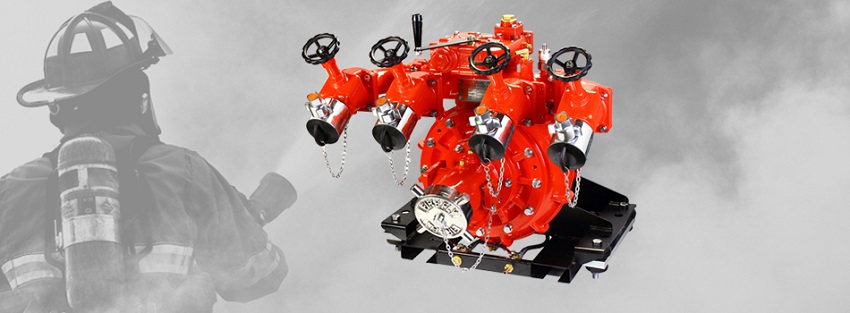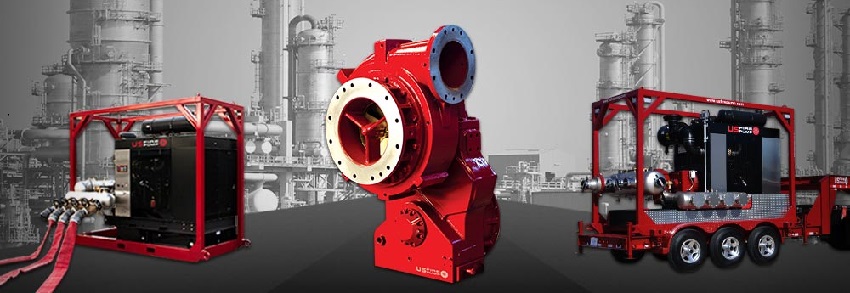
A Little Bit of Fire Pumps: Be in the Know Before Emergencies
Whether we’re aware of it or not, sometimes we take nature for granted (I hate to say even most times) and we forget how to truly appreciate it. While it’s beautiful and our source of life though we fail to see this often, it can be unforgiving same way if we don’t pay enough attention to it. In Australia, we know what it can be like, we’ve seen its destructive face when heat waves strike.
Considering the number of bushfires per week increased by 40% over the span from 2008 to 2013, we’ve sort of become accustomed to flames which is why fire fighting systems are our best friends, and it’s not just in the Australian Outback but all around the overly populated areas too, regardless of whether it’s for commercial or home use, buildings or houses.
We can’t always blame drought for being the main culprit, sometimes accidents can happen so every household simply must have its own fire pump because precious time can be lost while waiting for help to arrive. If you have a pool or pond, you could use them in emergencies as water supplies. There is certainly no shortage on pumps on the market either; Nowadays, thanks to technology you could buy fire pump online and this makes for easier purchasing.

However, it might be tricky when carrying out the purchase because there are plenty of choices to choose from. When you buy fire pump, you’d come across different sizes. You can know which one is the right one for you based on the size of the area you’re trying to protect. Steep slopes and tall trees could ask for more forms of power for the proper defence. It’s important that you look into the characteristics of pumps starting from the inlet/outlet size, the parts essential for drawing water through valves (such as pools, ponds and tanks). The sizes vary from 1” to 4”, and the bigger the size the faster water is drawn.
Other specifications, as are the maximum head (the maximum height the pump can pump to), pressure and flow rate, mustn’t be overlooked also. To be able to get the adequate maximum head, it’s good to consider the height difference of where you intend to pump out the water and the pump itself, having in mind that when friction is caused you can expect to have loss in head capacity. The greater the distance, the more pressure to be compromised thus the greater the maximum head you’d require.
The flow rate depends on the distance as well, along with the amount of water you have to move. Usually for home use you’d do well of with anything between 200 to 1000 LPM (litres per minute). When it comes to adequate pressure for firefighting, 100 PSI (pounds per square inch) would suffice. You can measure up the PSI by multiplying the amount of maximum head by 1.42. Don’t forget to take mobility into account if you need to move the pump around. Make sure the weight of the mobile pump allows for easier movements.
When choosing from pumps that work on diesel or petrol, you have to decide whether you’re up for the more eco-friendly option that’s also slightly more expensive, that is the diesel, or the petrol that would save you some money. The great thing about owning fire pumps is when there’s no fire you could use them for jobs that require pressurised water, like washing down farm machinery or irrigation.

